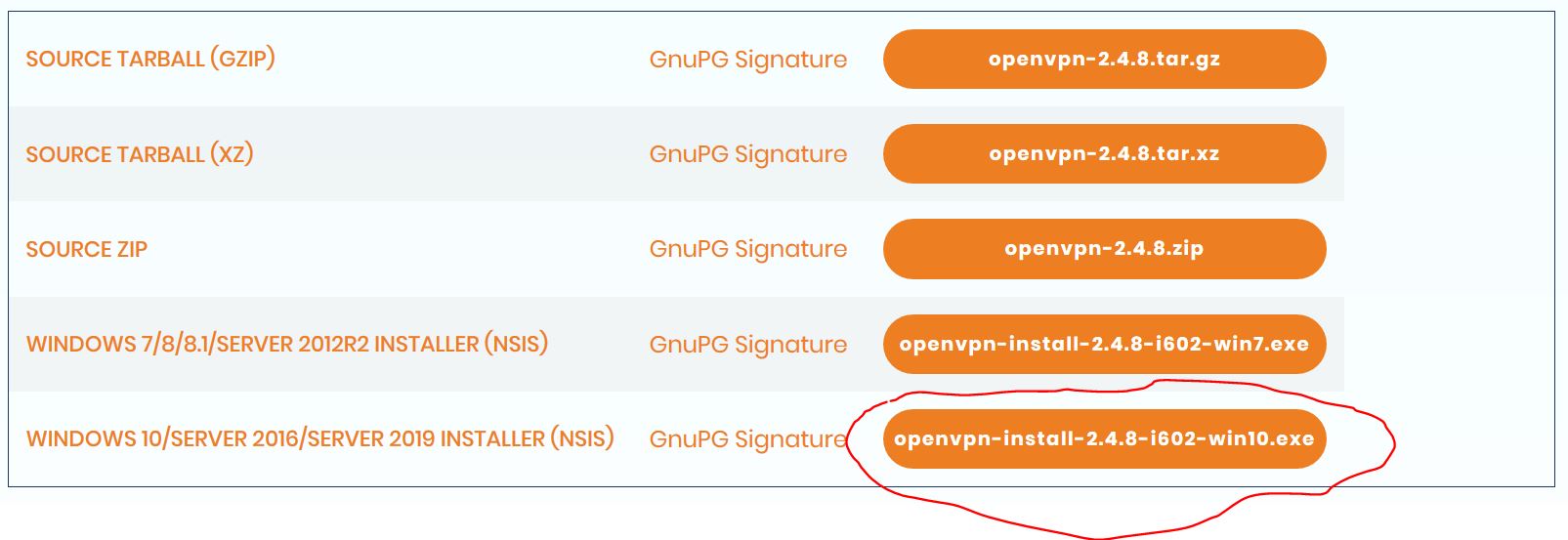


With these prerequisites in place, you are ready to begin setting up and configuring an OpenVPN Server on Ubuntu 20.04. For the purposes of this tutorial, it’s recommended that you use your local machine as the OpenVPN client. In this guide, we’ll call this the OpenVPN Client. In addition to that, you’ll need a client machine which you will use to connect to your OpenVPN Server.

For this reason, this guide assumes that your CA is on a separate Ubuntu 20.04 server that also has a non-root user with sudo privileges and a basic firewall enabled. Per the official OpenVPN documentation, you should place your CA on a standalone machine that’s dedicated to importing and signing certificate requests. Note: While it is technically possible to use your OpenVPN Server or your local machine as your CA, this is not recommended as it opens up your VPN to some security vulnerabilities. After executing the steps from the Initial Server Setup Guide on this server, you can follow steps 1 to 3 of our guide on How To Set Up and Configure a Certificate Authority (CA) on Ubuntu 20.04 to accomplish that.

You can circumvent geographical restrictions and censorship, and shield your location and any unencrypted HTTP traffic from untrusted networks. When combined with HTTPS connections, this setup allows you to secure your wireless logins and transactions. It gives you the freedom to access the internet safely and securely from your smartphone or laptop when connected to an untrusted network, like the WiFi at a hotel or coffee shop. A Virtual Private Network (VPN) allows you to traverse untrusted networks as if you were on a private network.


 0 kommentar(er)
0 kommentar(er)
